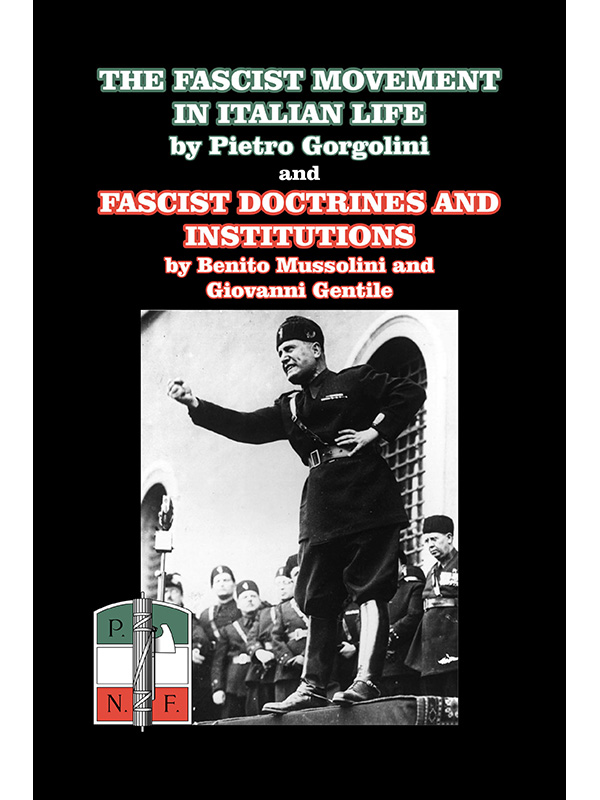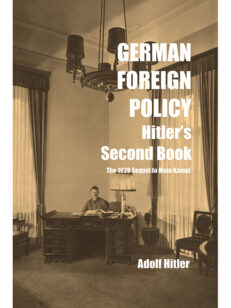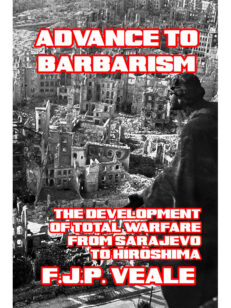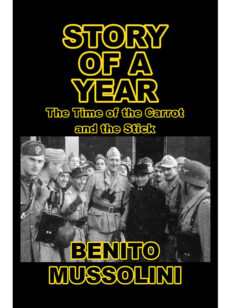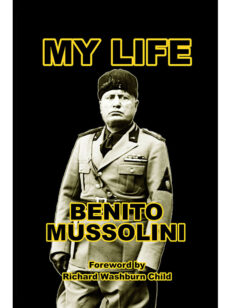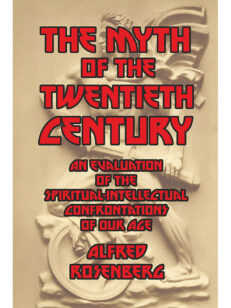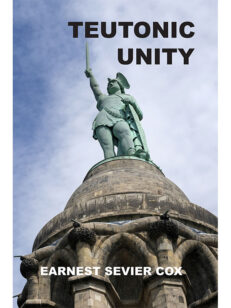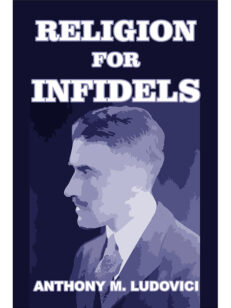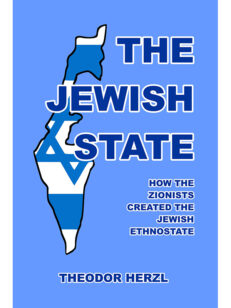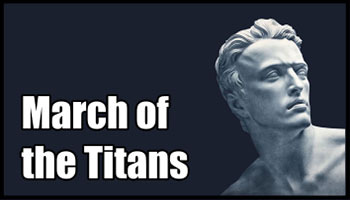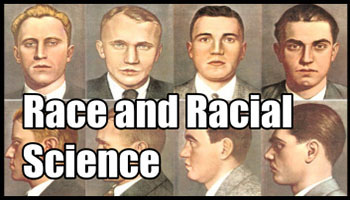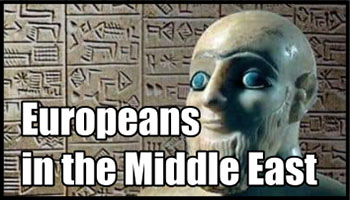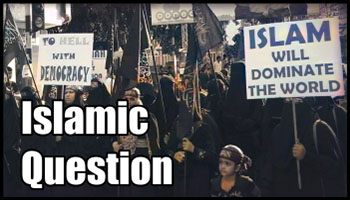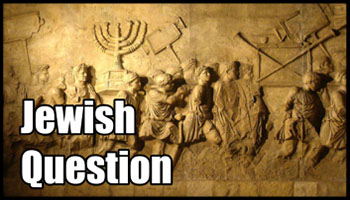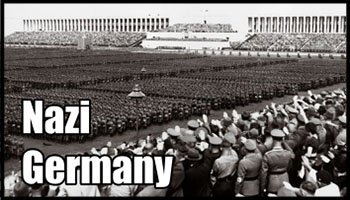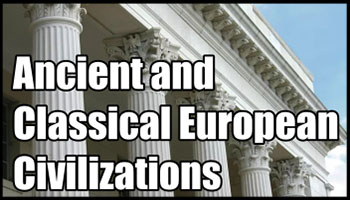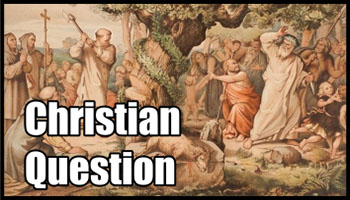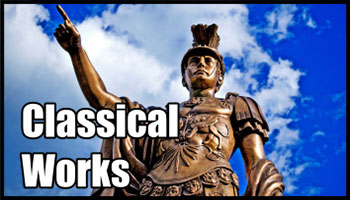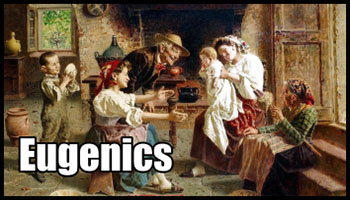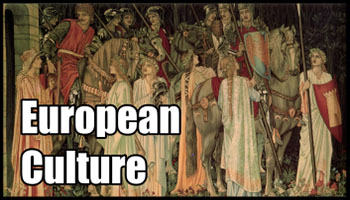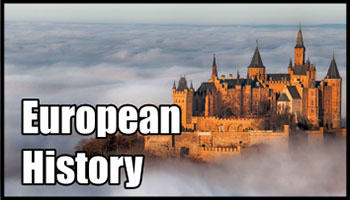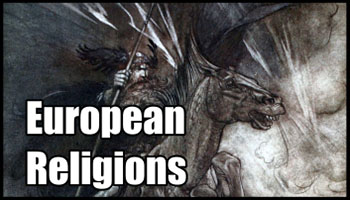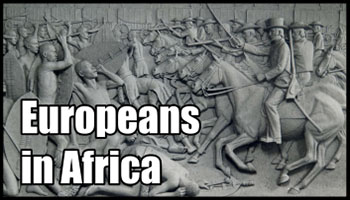Description
By Pietro Gorgolini, Benito Mussolini, and Giovannie Gentile. These two major works—published independently in 1921 and 1935—together are the most complete encapsulation of Benito Mussolini’s National Fascist Party policy ever issued.
The first, The Fascist Movement in Italian Life, was written by an early associate of Mussolini, and explains in detail the origins of the Fascist movement before moving on to a detailed policy analysis.
Included in this overview is Fascist economic, agrarian, social and foreign policies—all dictated by a strong nationalist and anti-communist sentiment. The date of this work—prior to the Fascist ascension to power in 1922—provides the most open assessment of Fascist policy and its ideological foundation.
The second work, Fascist Doctrines and Policy, was co-written by Mussolini and the “philosopher of Fascism,” Giovanni Gentile, was written especially for the Enciclopaedia Italiana, and is an exposition of the Fascist position some twelve years after taking power—and before Mussolini fell under the influence of Adolf Hitler.
When both these works are studied, it can easily be discerned that Fascism in its original state had almost nothing in common with National Socialism, and that it is an ideological fraud to claim that Hitler was a Fascist. Original Fascist policy contains no racially-based policies at all, and was, as can be seen in this book, in fact very vague on many policies, relying primarily on an authoritarian personality cult built around Mussolini rather than any specific ideology.
Completely reset and updated with over two dozen footnotes to bring the present-day reader up to date with events and personalities mentioned in the text.
“The foundation of Fascism is the conception of the State, its character, its duty, and its aim. Fascism conceives of the State as an absolute, in comparison with which all individuals or groups are relative, only to be conceived of in their relation to the State. The conception of the Liberal State is not that of a directing force, guiding the play and development, both material and spiritual, of a collective body, but merely a force limited to the function of recording results: on the other hand, the Fascist State is itself conscious, and has itself a will and a personality—thus it may be called the ‘ethic’ State.”—Benito Mussolini.
Contents:
The Fascist Movement in Italian Life
Introduction
Chapter I: What Is Fascism?
Chapter II: Benito Mussolini
Chapter III: Characteristics of Fascism
Chapter IV: The Agrarian Problem
Chapter V: Fascist Policy
Chapter VI: The Passage of the Rubicon
Chapter VII: Fascism in Its Relation to the State and Socialism
Chapter VIII: The Sense of Limitation
Chapter IX: Fascism and the State
Chapter X: The Political Elections of 1921
Chapter XI: Foreign Policy
Chapter XII: Ethical Principles of Fascism
Chapter XIII: Conclusion
Fascist Doctrines and Institutions
About Giovanni Gentile
Introduction
Political and Social Doctrine
Appendix
About the authors: Pietro Gorgolini (1891–1973) was a lawyer who was an early friend and supporter of the Fascist movement in Italy. He wrote extensively on the movement and worked on several Fascist newspapers as a journalist.
Benito Mussolini (1883–1945) was leader of the National Fascist Party, and Prime Minister from 1922 until his ousting in 1943.
Giovanni Gentile (1875–1944) was one of Italy’s leading academics in the early 20th century, and was named Minister of Public Education in Mussolini’s first government. Known as the “Philosopher of Fascism,” he was assassinated by Communists in 1944.
168 pages. Paperback.

